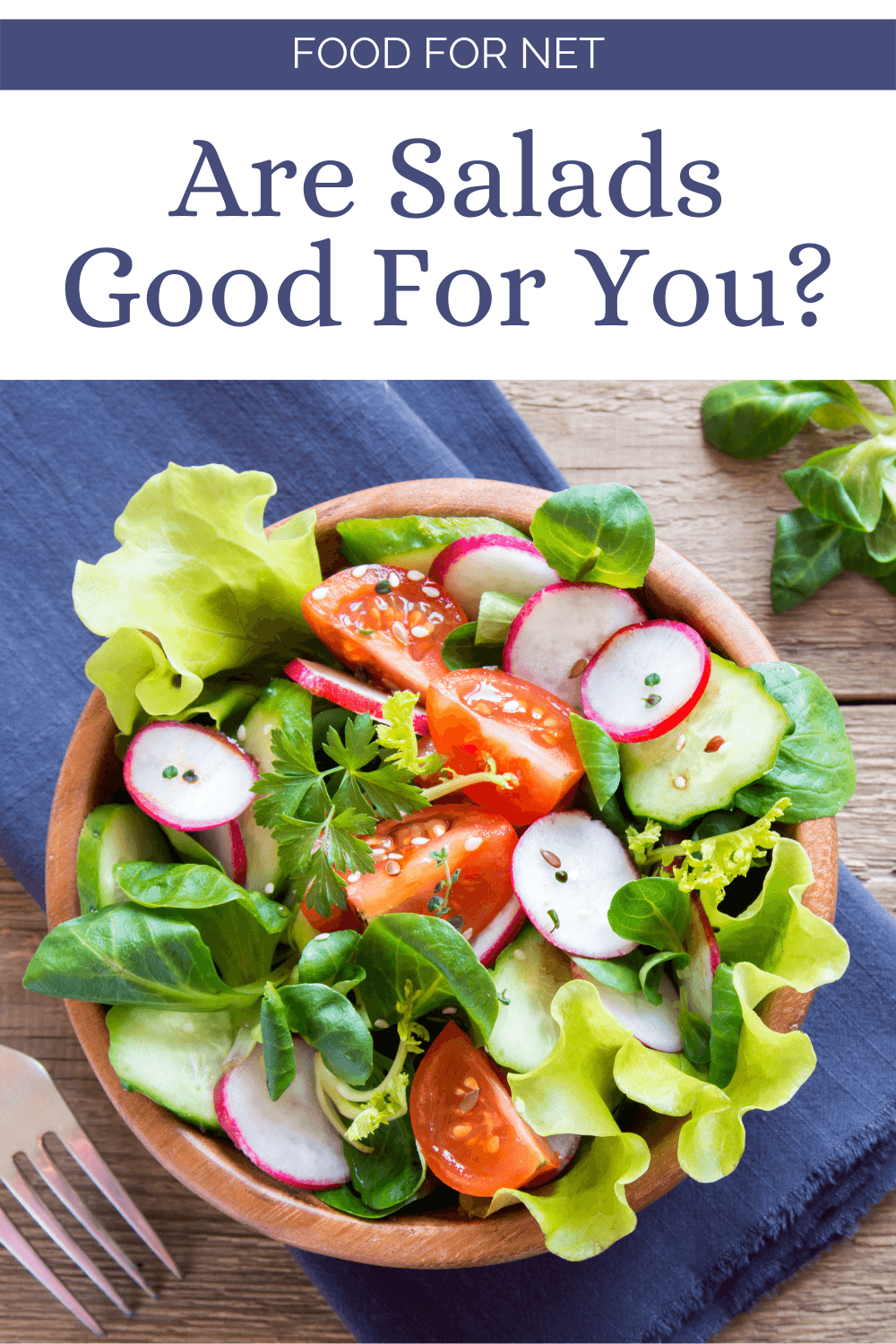
Are salads good for you? This sounds like one of the simplest questions in the book. Of course they are, right? They’re packed with raw vegetables, giving you plenty of nutrients, fiber, and antioxidants, while keeping the calorie count low.
But, let’s be realistic. When are things ever simple in the field of nutrition? There are always complexities to think about, like how some fresh foods contain antinutrients and oxalates, and how some can cause unexpected side effects.
Besides, salad is a broad category. There’s an almost infinite selection of different types of salad, including Greek salad, Thai salad, chopped salad, and Caesar salad, to name just a few. The ingredients can vary dramatically, including differences in the greens used, the salad dressing, and more.
Then there are all the salads that don’t rely on greens at all, like quinoa salad, pasta salad, tuna salad, and potato salad.
Not surprisingly, the benefits and risks are quite different depending on the type that you choose. In part then, the decision whether or not to eat salads will depend on the type you’re choosing.
Are Salads Good For You?
- All The Ways Salads Can Be Good For You
- How Salads Can Be A Problem
- Should You Be Eating Salads?
- How To Choose Healthy Salads
- What About Other Types Of Salad?
- Final Thoughts
All The Ways Salads Can Be Good For You
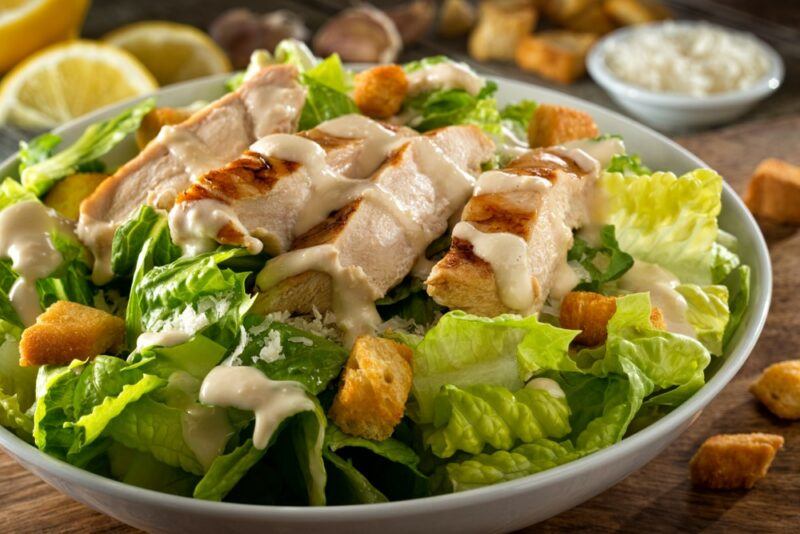
Often Low In Calories
Salads are often used as a weight loss food. No surprise there, right? After all, salads are often pretty low in calories.
They’re particularly good when served alongside a main meal, helping to fill you up. Doing so should mean you eat less of the high calorie part of the meal.
You might also use a salad as a snack when you need something more to eat but don’t want to gain weight or as an entrée to offset your appetite. Those are just a few options. The low calorie nature of salads makes them very versatile.
The Fiber Content
Salads are a fantastic way to get more fiber into your diet. This is a critical effect, as most of us need more fiber than we’re getting.
Fiber is most famous for its role in our digestive systems, helping to feed our gut bacteria and reduce the risk of constipation. It has other roles too, like balancing your blood sugar and cholesterol levels.
Fiber is helpful for weight loss too. While it isn’t as filling as protein, it does keep you satisfied more than digestible carbs will.
Plus, it’s surprisingly easy to be short on fiber. Our modern diets rely heavily on processed food, and many of those foods are low in fiber. Even just having a salad every so often should help to boost your fiber intake and promote health.
Plenty Of Nutrients And Antioxidants Too
Salads rely heavily on plant-based foods, including ingredients like spinach, kale, bell peppers, tomatoes, cucumber, nuts, seeds, and the like. These ingredients all provide a selection of vitamins and minerals, and some of them are particularly nutrient-dense.
As such, salads become a great way to boost your nutrient intake.
Doing so has many benefits, given that you need vitamins and minerals everywhere in your body. You wouldn’t function well without them.
Then there are the antioxidants.
These plant-based compounds combat oxidative damage in our bodies – an effect that helps protect us against serious harm. Getting plenty of antioxidants could even decrease disease risk and help you to live longer.
You can find antioxidants in many places, but salads are a remarkably good way to get many types in a single meal.
They’re Incredibly Versatile
Salads work well because there’s so much you can do with them. Even if you just stick to a traditional green leafy salad, you can choose which types of greens to include, the dressing you’re going to use, and which other ingredients you’re going to add in.
Perhaps you keep things light and easy, with ingredients like apples, cucumbers, radishes, walnuts, and the like. Or, perhaps you make a more complex meal from your salad by including eggs, cheese, and maybe even some chicken.
The ability to customize also means you can fit salads onto any type of diet.
Want a vegan version? That’s simple, avoid meat, eggs, and cheese (or use plant-based alternatives). You could still add protein by using tofu, nuts, seeds, or chickpeas.
Want a keto version? Focus on low carb greens and dressing, then use ingredients like avocado and cheese to boost the fat content.
Want a side salad? Keep the serving size small and avoid protein heavy ingredients. Focus on raw vegetables instead, including radishes, cucumber, tomatoes, and leafy greens.
Want a full meal? You’ll need to include a decent source of protein, perhaps tofu, grilled chicken, egg, or salmon. Make sure you don’t go overboard with calories, though, or your salad mightn’t end up being healthy at all.
How Salads Can Be A Problem
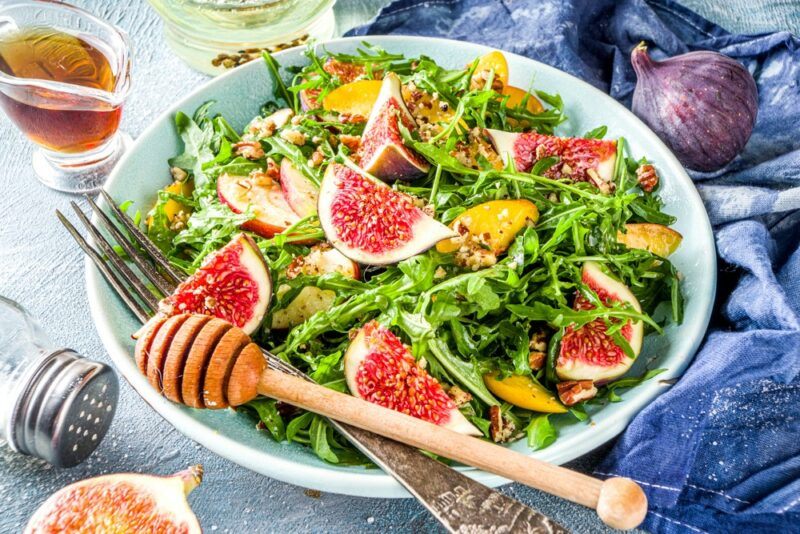
They Can Be High In Calories
The low calorie content is one of the most important features of salads. But, this isn’t a guarantee – at all.
The Caesar salad is a classic example of this. Ingredients often include croutons, cheese, egg, lettuce, olive oil, and occasionally anchovies, along with a rich dressing.
This ends up giving you a shockingly high calorie meal. Some versions come in at around 470 calories per serving, including 40 grams of fat, some of which is saturated.
The calories are lower if you have a side salad version rather than a salad that acts as a full meal. However, that’s not enough to save you, as a side salad version wouldn’t be filling on its own.
This is just one example. Plenty of other salads are also high in calories, often because of their dressing.
The Calorie Content Is Deceptive
An even bigger issue is that you generally don’t know how many calories you’re consuming. This is particularly true if you’re eating out, as many high calorie salads look and sound like they should be healthy.
Plus, it’s easy to simply assume that salads are healthy and you can have as much as you like. Such practices can easily lead to weight gain.
Dressing May Contain Unwanted Ingredients
Calories aren’t the only issue with salad dressings. Many dressings also contain a decent amount of sugar, salt, and oil, none of which is fantastic for your health.
There may also be additives, including artificial flavors, thickeners, gums, MSG, and emulsifiers. There is also concern that the FDA may decrease the amount of regulation surrounding salad dressing ingredients, making matters still worse.
Who really knows what these ingredients do for your health? Sure, they’re often promoted as being safe, but there are huge gaps in the research. We don’t really know the long-term effects of these ingredients, especially if we’re consuming them regularly throughout our lives.
May Give You Food Poisoning
We often associate food poisoning with undercooked chicken or seafood, yet you can get food poisoning from vegetables as well. The dangerous bacteria can come from many places, including human hands, dirty water, or even from the soil itself.
In fact, salads are one of the most common sources of food poisoning, as they combine a variety of different raw ingredients. Washing your vegetables thoroughly before using them and practicing good food hygiene helps. But, you’re still at risk, as you’re eating vegetables raw, rather than cooking them.
Can Be Difficult To Digest
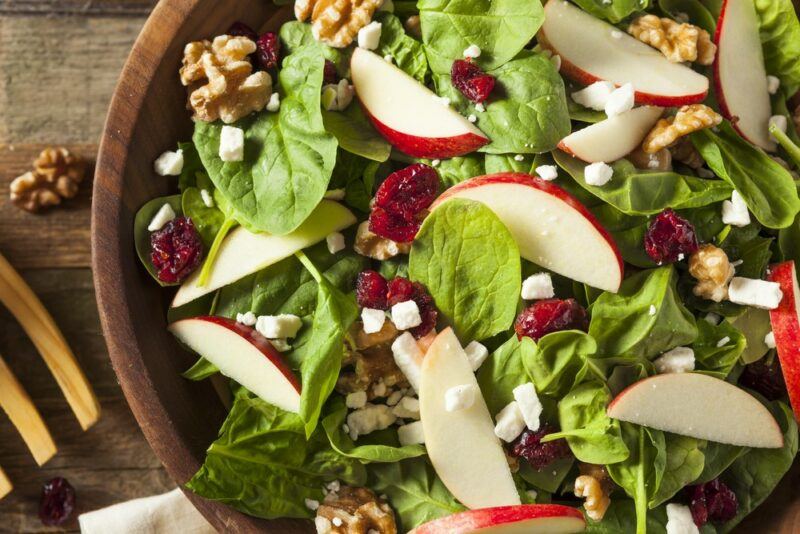
Some people experience bloating and stomach discomfort after eating salads. This is partly because raw vegetables can be difficult to digest.
Your side effects might get even worse if you’re having salads often.
Thankfully, this problem doesn’t apply to everyone. Many people can eat salads without any digestive issues at all. It’s just a matter of paying attention to your body to see what’s the case for you.
If you do experience side effects, try cutting your portions down and experimenting with different ingredients. You might find that some ingredients give you side effects, while others cause no issues at all.
If side effects persist, you might need to skip salads altogether. Try turning to cooked vegetables instead, as these are much easier to digest.
Too Much Fiber
While fiber is incredibly important, you don’t need an endless supply of it. Too much fiber can lead to plenty of issues, including side effects like bloating and diarrhea.
There are two ways this might be a problem.
The first is if you suddenly increase your fiber intake. Doing so often leads to side effects as your body adjusts to the fiber. It’s much better to start slowly and drink plenty of water to keep the fiber moving through your body.
The second way is if you are literally eating too much fiber. Doing so isn’t easy. You’d need to be consuming more than 50 grams of fiber per day, perhaps up to 70 grams.
However, if you started following a raw diet or became semi-obsessed with salad, you might be overdoing it without realizing. This is particularly true if you’re trying a salad cleanse or a new diet that relies heavily on salads.
Can Contain High Oxalate Ingredients
Oxalates occur naturally and often aren’t a big deal. However, consuming a large amount of them isn’t wise, as doing so can increase your risk of kidney stones.
Many salad ingredients are low in oxalates, but not all of them. Spinach is particularly high in the compounds. You also need to watch out for some nuts and seeds, dried fruits, and avocado, all of which could feature in your salad.
Thankfully, most other salad ingredients are low in oxalates, so you can easily make low oxalate salads. Anyone who has had a kidney stone before or who is sensitive to oxalates may need to choose their salad ingredients carefully.
Vinaigrette Dressings Can Promote Reflux
Vinaigrette dressings are fantastic if you’re trying to keep the calorie content low. But, vinegar is acidic, so it may end up giving you acid reflux.
Reflux symptoms could be even worse if your salad also includes onions or tomatoes. Again, this means you’ll need to be cautious about what’s included in your salad.
Potential Interactions With Medication
Some of the ingredients in your salad can also interact with medications.
Leafy greens are the most notable culprit here, as these greens are often rich in vitamin K. While that vitamin is essential for health, it does interfere with the activity of blood thinning medications like warfarin.
Unless you account for your vitamin K intake, your salad could make your blood thinner less effective, which then increases your risk of blood clotting.
You don’t need to avoid salads though. The trick is to be consistent with vitamin K intake and make sure your medication levels are adjusted to your vitamin K.
There’s also grapefruit. This isn’t a common salad ingredient, but it does interact with many medications. If that issue applies to you, you’ll need to make sure your salad doesn’t include grapefruit.
Should You Be Eating Salads?
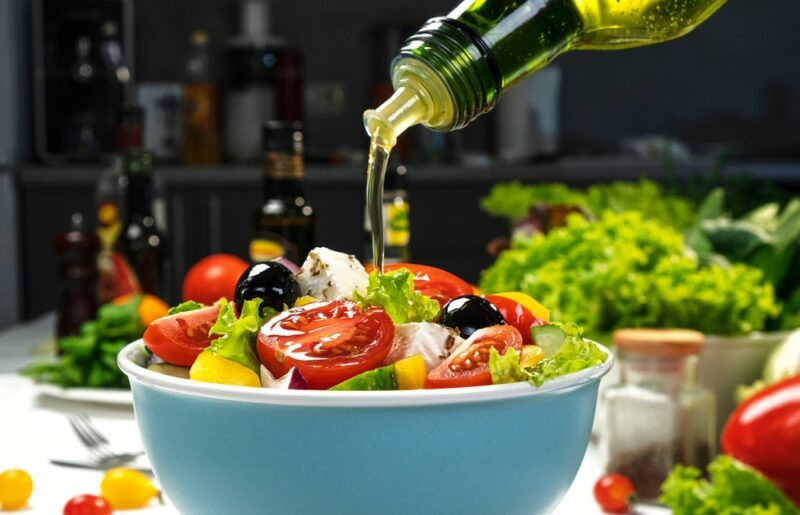
There’s no denying that salads can be healthy. They have plenty going for them, including plenty of nutrient dense ingredients and how they’re often minimally processed.
However, the key term is can be. Despite all their potential benefits, salads can easily be incredibly unhealthy instead. They’re often loaded with calories, fat, and saturated fat.
Some high calorie salads aren’t even that filling, which makes matters even worse.
As long as you don’t get serious side effects from them, salads can be a good addition to your diet. The trick is to plan well and make sure you know what you’re eating. This way you can choose the healthy versions rather than getting stuck with a calorie bomb.
How To Choose Healthy Salads
Look For Low Calorie, High Nutrient Ingredients
Salads are all about the ingredients. The healthier these are, the better your salad will be overall.
Most of the time, you’ll want ingredients that are nutrient dense and relatively low in calories. Dark leafy greens are a fantastic place to start.
Chopped raw vegetables make great additions too, like carrots, cucumber, tomatoes, celery, and even onions.
Be Cautious With Higher Calorie Ingredients
You may want to add higher calorie ingredients too. Nuts and seeds work well, as they create a great texture contrast, while providing you with protein and healthy fats.
Avocados are another option. They’re delicious, creamy, and good for you – what could be better?
Because these ingredients are high in calories, you need to be cautious watch your serving sizes. Make sure that you don’t overdo it or you could end up gaining weight from your salad (which kind of defeats the purpose of eating salads to begin with).
Choose Your Salad Dressing Wisely
Salad dressing is one of the biggest issues with salads, as the dressing is often fat heavy and packed with calories.
Sometimes you can skip the dressing and end up with a healthier salad. However, doing so doesn’t always work. Sometimes the salad is simply too dry and boring without the dressing.
Plus, it’s actually important to have some source of fat in your salad. Some of the nutrients and plant-based compounds in salads are better absorbed with a little fat. If your salad is entirely free from fat, then you’re missing out on many powerful nutrients. That’s not ideal at all.
Most of the time, then, the trick isn’t to avoid salad dressing or pick a fat-free one, but to choose wisely. Look for dressings that contain some fat, but not an extreme amount, and try not to overload your salad. Only use as much dressing as you actually need.
Make Your Own Salad Dressing
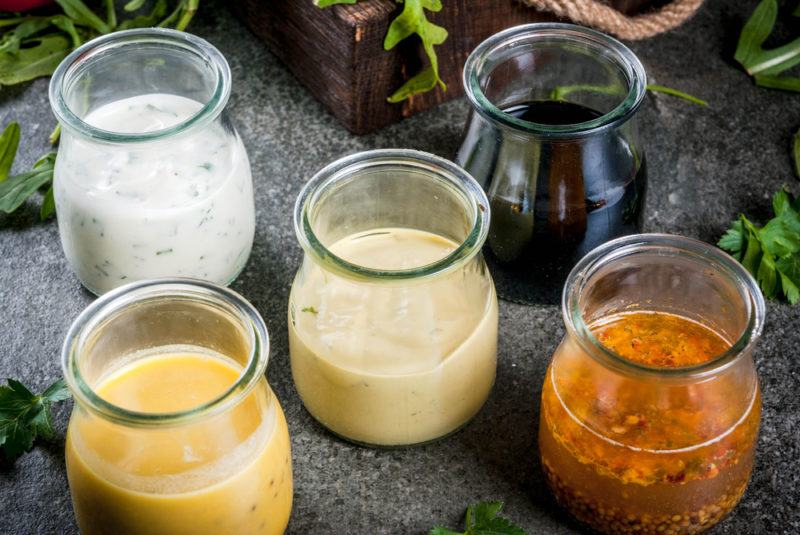
The best way to avoid additives and watch the calorie content of your salad dressing is to make it yourself. This way you know exactly what to expect.
When doing so, keep an eye out for recipes that are tagged as healthy or light. Be sure to check the ingredients list and nutritional profile too, as some recipes will be much healthier than others.
Look For Protein
If you’re eating a salad on its own, it’s best to have some protein in there as well. The protein helps to keep you full in the way that a greens-heavy salad never could.
Lean protein is your best option here, including grilled chicken or fish. Fish is excellent, as it provides omega 3 fatty acids, a healthy type of fat that’s associated with many benefits.
Alternatively, you might use a small salad alongside a larger meal. You don’t need to worry about protein here, as you should be getting plenty of protein from your main meal.
Be Extremely Cautious When Ordering Salads
It’s easy to get unstuck when ordering salads at a restaurant or fast food store. While these salads may look healthy, they’re often not at all.
Instead, they tend to use fat-heavy dressings, large serving sizes, and far too many added ingredients. Much of the time, the goal is to create something that tastes good, rather than something that’s actually healthy.
Fast food stores are actually helpful here, as they’re required to provide nutritional details for their food. You’ll be able to tell at a glance whether your salad is good for you or not.
Restaurants are a little trickier. You may need to ask your waiter about the ingredients in a salad to get a sense of whether it’s a healthy choice.
Also, try ordering any dressing on the side. The dressing is often the unhealthiest part of the salad and restaurants often use more dressing than you need. If the dressing is on the side, you can choose the amount you put on your salad.
Avoid High Calorie Salads
While many salads can be healthy, there are a few types that are almost always a bad idea, including the following.
- Crispy chicken salad. The term ‘crispy’ here generally means that the chicken has been deep fried. This gives you a delicious treat, but a salad with deep fried ingredients isn’t ever going to be a wise choice for health.
- Iceberg wedge salad. This salad sounds healthy at first, but it’s seriously overloaded with dressing. The use of iceberg lettuce isn’t ideal either, as the lettuce isn’t nearly as nutrient dense as ingredients like kale or spinach.
- Cobb salad. While you can make healthy cobb salads, the traditional version is often very high in fat. The biggest issue is the dressing, so if you can find a lighter dressing recipe, you’ll end up with a much healthier salad.
- Salads with croutons, bacon, or cheese. These ingredients add a decent amount of fat and calories to your salad, without providing much nutrition at all. Bacon and croutons are often salty too, which isn’t great, given that most of us need to cut our sodium intake now.
- Taco ‘salad’. Taco salads are often little more than clever marketing, as they may contain just as many calories as a regular burrito. Some versions are even served in a deep fried tortilla shell, which doesn’t help the calorie content at all.
Pay Attention To How You Feel
Finally, your goal is to find a salad that’s healthy for you, not one that’s healthy for someone else. This distinction is critical, as our needs can be quite different.
For example, you might choose to avoid cruciferous vegetables if they give you gas or skip onions if you’re sensitive to FODMAPs. You might even skip the leafy greens and have an entirely different style of salad.
What About Other Types Of Salad?
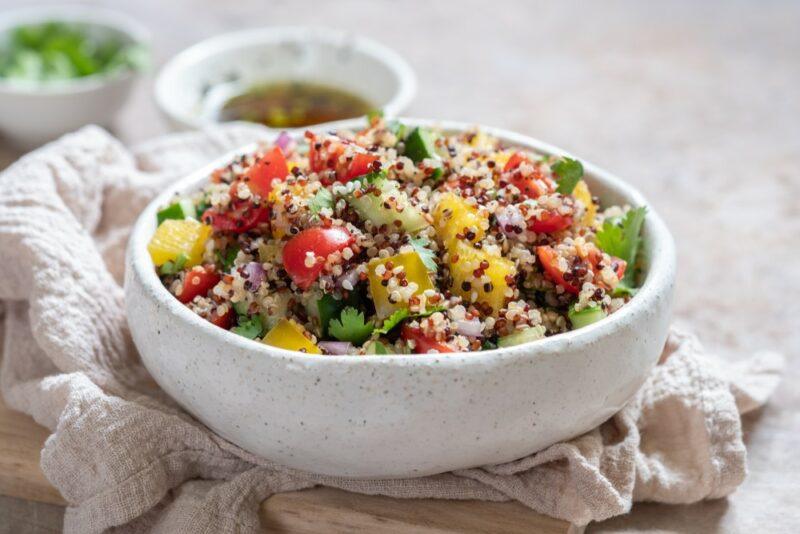
Throughout this post, we’ve been focusing on salads that rely on leafy greens and plenty of raw vegetables. However, these aren’t the only type. The term salad is also used for completely different dishes, like potato salad and pasta salad.
Whether these are true salads or not is a matter of debate. You might say that a salad needs to rely on raw vegetables or you might say that any cold dish with a dressing counts as a salad.
Most of the principles we’ve already been talking about apply to other salads too. So, you have a dish that can be packed with nutrients and very good for you, but could also be a calorie and fat bomb.
Choosing your ingredients wisely helps, which includes paying close attention to the dressing. There are also some specific things to think about for each type of salad.
- Fruit salad. This salad ends to be a good source of antioxidants and some vitamins, but is also loaded with sugar. Not only are you getting sugar from the fruit, but some versions use syrup, which ramps the sugar content up much higher.
- Pasta salad. Pasta itself isn’t all that healthy, as it’s low in nutrients and high in carbs. In fact, pasta salad regularly contains more than 500 calories a serving. To create a healthy version, you need to focus on a light dressing and include plenty of vegetables. Some type of lean protein will work well too, helping to balance out the carbs.
- Potato salad. While potatoes are healthier than many people expect, potato salad is still rich in carbs. The salad can be pretty high in calories too, with a single cup often containing more than 350 calories.
- Quinoa salad. Quinoa is a pseudograin that’s famous for being nutritionally dense and packed with protein. These features make it a fantastic substitute for greens in a salad. However, the carbs in quinoa may be off-putting for some.
- Couscous salad. While couscous seems like a type of grain or pseudograin, it is closer to pasta instead. As such, a couscous salad has some of the same issues as a pasta salad, especially if you use a fat-heavy sauce.
- Tuna salad. Calling this a salad is a stretch, given we’re mostly just talking about tuna and mayonnaise. Some spices might be added, along with ingredients like onion, but the dish always ends up being simple. While the tuna does provide plenty of benefits, the calories in the mayo work against you somewhat.
Most of the time, leafy green based salads are the safest choice, especially if you’re cautious with the dressing.
The other types of salad can be healthy too, but you’ll need to be even more careful with the ingredients and make sure that you can fit the calories and carbs into your diet.
Final Thoughts
Salads can clearly be healthy, especially when you choose your ingredients well. Still, they’re not always the best choice.
Some people will find the raw ingredients difficult to digest and may regularly experience side effects. While it’s possible to push through such side effects, doing so isn’t a wise idea. It’s much better to listen to your body instead.
If salads don’t work for you, for this reason or any other, try not to stress. There are plenty of other healthy dishes out there. Why not start by increasing your intake of cooked vegetables? These have most of the same benefits as a salad, but tend to be much easier to digest.
Frequently Asked Questions
How Many Calories In A Salad?
The calorie content of a salad can vary, often dramatically. After all, many salad ingredients are low in calories, like tomatoes, cucumber, and lettuce, while additions like eggs, seeds, and croutons are calorie dense. There’s the dressing as well, which is sometimes low in calories and sometimes isn’t.
You’re often looking at somewhere between 300 and 500 calories per salad. Don’t let your guard down though – as some prepared salads are much worse, perhaps reaching more than 1,000 calories and being shockingly high in saturated fat.
What’s The Healthiest Salad Dressing?
Vinaigrettes tend to be the healthiest salad dressings, as they’re fairly low in calories and use healthy ingredients. You’ll also see more benefits by making your own version, as products from the store often include additives.
In contrast, creamy salad dressings are often unhealthy and can be high in fat. Ranch dressing and Caesar dressing are some of the worst. There are somewhat healthy versions of these, but even those aren’t as good for you as a simple vinaigrette.
Are Salads Good For Weight Loss?
If you choose a healthy and relatively low calorie salad then, yes, it could easily help you lose weight. However, salads aren’t as amazing for weight loss as they seem. The problem is that they’re just not filling.
So, you could eat a large, low calorie, and delicious salad, then be hungry not long afterward. The best way to use salads for weight loss is to have them alongside other healthy foods, particularly lean meat or vegan sources of protein like beans.
What’s The Best Salad Dressing For Diabetics?
Vinaigrette salad dressings tend to be best for diabetics, as they’re typically lower in carbs and calories than other salad dressings. You can also look for brands that focus on low sugar diabetic friendly dressings, like the ones featured in this list.
Can You Eat Too Much Salad?
You can eat too much of anything – including salad. This is even true for very low calorie salads. Part of the problem is that raw vegetables can be difficult to digest. Consuming large amounts of these can easily give you side effects, like stomach cramps or diarrhea.
There’s also a displacement effect. If you’re eating lots of salad, your intake of other foods might decrease. This could mean you’re missing out on other valuable foods and nutrients.
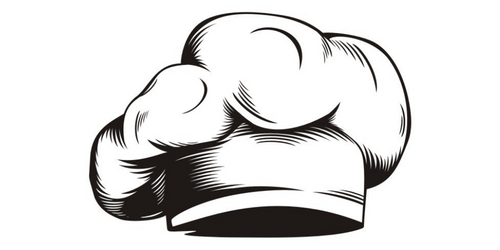
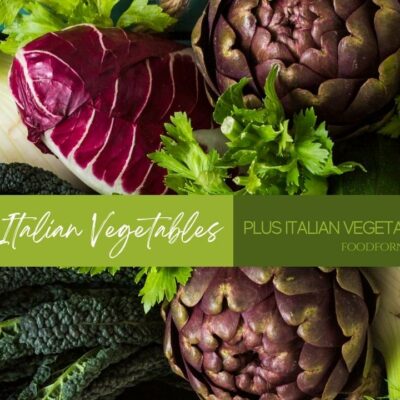

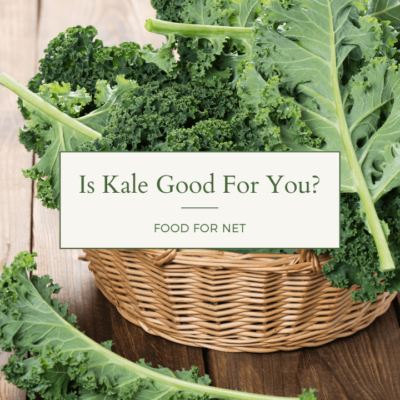

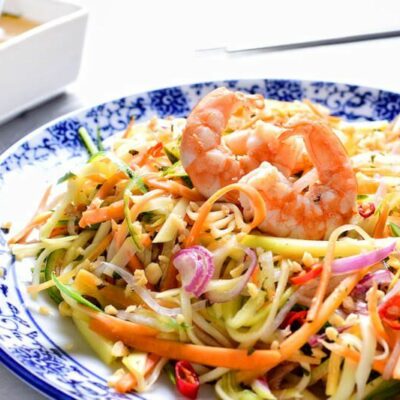

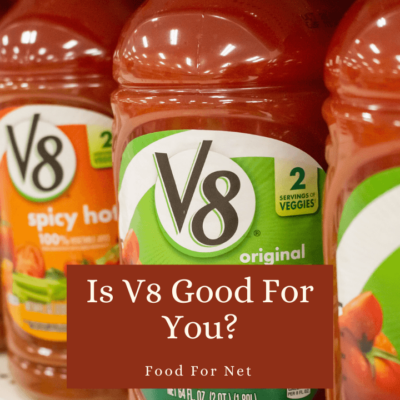
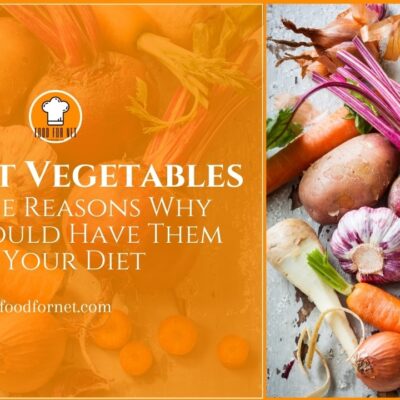
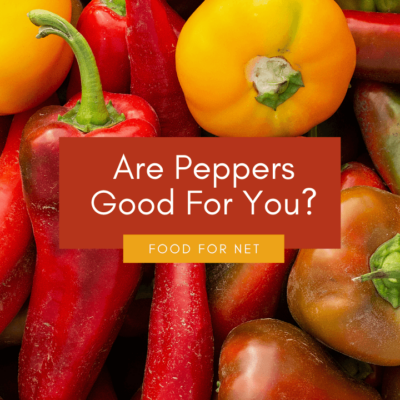
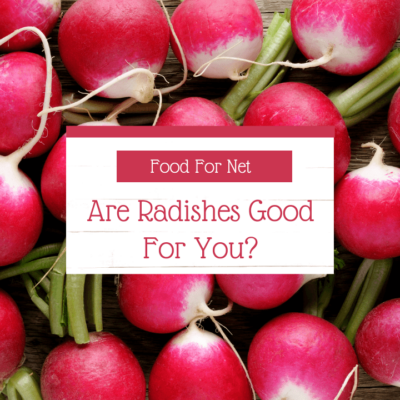
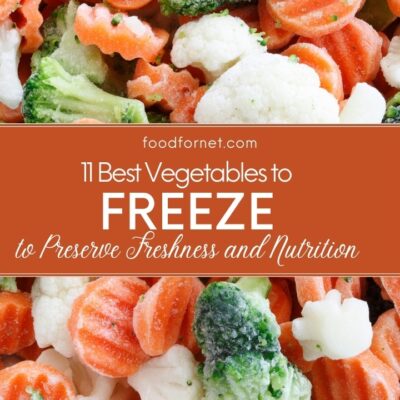
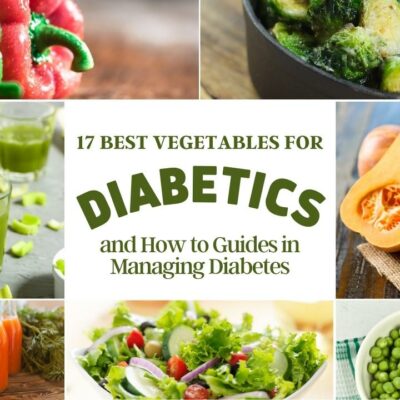
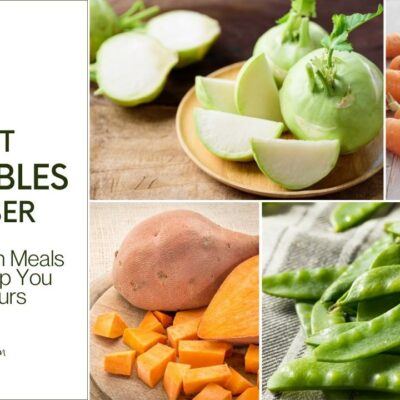

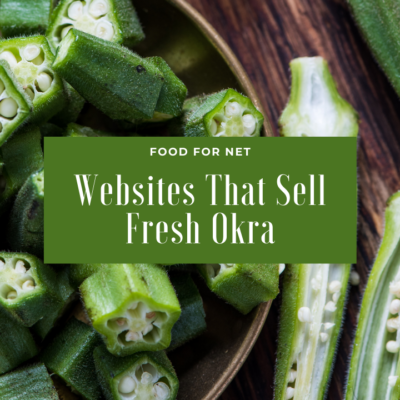
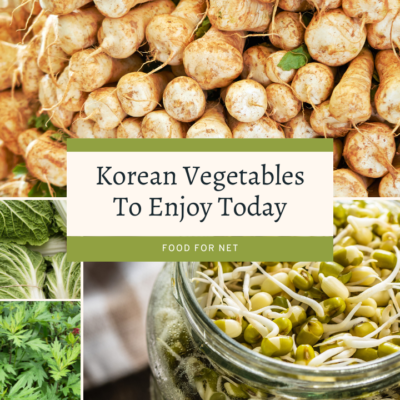
 Are Saunas Good For You?
Are Saunas Good For You?
Leave a Reply